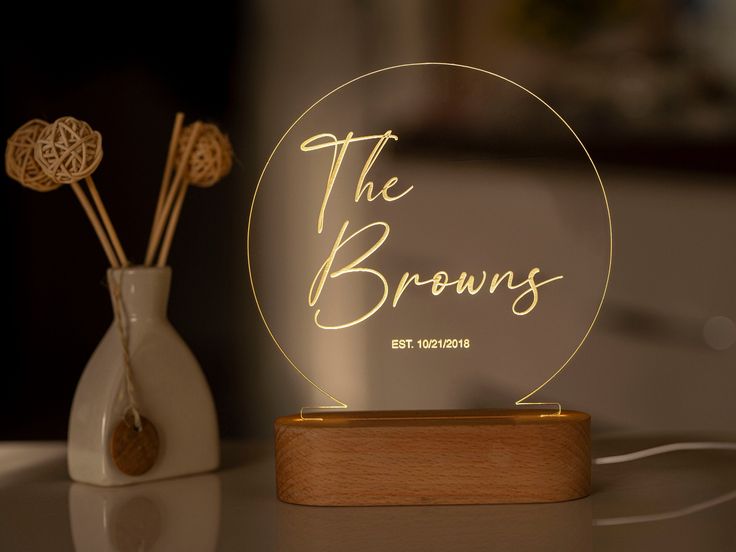The Evolution of Lamp Design Through the Ages
Lighting has long been more than just a practical necessity—it is a medium through which culture, innovation, and style shine. From the oil lamps of ancient civilizations to the sculptural masterpieces of the Art Deco period and the minimal elegance of contemporary LEDs, the art of lamp design has continually evolved. Each era brought with it new materials, techniques, and aesthetic values that reflected the spirit of the times. As our homes and public spaces transformed, so did our lighting solutions, adapting to both functional needs and visual preferences.
Understanding the Purpose Behind Every Lamp
Before diving into shapes and shades, it’s important to understand what each type of lamp offers. Lamps serve diverse purposes: task lighting for focused work, ambient lighting to soften a room, and accent lighting to highlight architectural or decorative elements. When designing or selecting a lamp, intention matters. For instance, a reading nook demands directional light, while a hallway might call for something that casts a gentle glow. By identifying the purpose of your lighting, you can narrow down options that are not just beautiful, but supremely effective.
Materials That Transform Light and Space
Materials play a central role in the visual impact and functionality of a lamp. Glass, ceramic, wood, metal, and textiles each interact with light in their own way. A frosted glass shade diffuses light into a warm haze, perfect for cozy atmospheres. Polished metal reflects and amplifies brightness, making it ideal for modern interiors. Natural materials like rattan or linen bring an organic texture that softens the look of a room. Designers continue to experiment with new material combinations, often blending traditional elements with contemporary innovation.
Forms, Shapes, and Sculptural Beauty
The shape of a lamp is more than just aesthetics—it influences the light’s direction and mood. Arched floor lamps provide broad, overhead illumination, while mushroom-shaped table lamps emit a more concentrated yet diffused light. Sculptural lamps blur the line between function and art, becoming conversation pieces in any setting. Whether it’s an abstract silhouette or a perfectly symmetrical globe, the form should harmonize with the environment while asserting its own identity.
Technology and Innovation in Lighting Design
Modern lamp design is deeply intertwined with technological advancement. Smart lighting systems, LED integrations, and wireless charging bases are now common features in high-end lamp models. These innovations don’t just enhance convenience—they redefine what a lamp can be. Touch-sensitive controls, customizable color temperatures, and adaptive brightness all offer users a tailored lighting experience. As sustainability becomes a design priority, energy-efficient technologies are becoming the standard rather than the exception.
Color, Finish, and Emotional Impact
The color and finish of a lamp contribute greatly to its emotional tone. Matte black and brushed brass evoke a sense of sophistication, while pastel hues and glossy ceramics bring playfulness and warmth. Designers use these palettes to communicate mood and context. For example, bold, primary colors make a lamp a focal point, while muted earth tones allow it to blend seamlessly with other decor. These finishing touches help create harmony—or intentional contrast—within a space.
Lamps as a Medium of Personal Expression
Choosing a lamp is often a deeply personal act, akin to selecting artwork. It reflects individual tastes, design philosophy, and lifestyle. Whether it’s a handmade pottery piece from a local artisan or a sleek, futuristic design from an international brand, the right lamp becomes a signature in the space it inhabits. In today’s interiors, lamps are not just accessories—they’re storytellers, speaking to the identity of the space and its inhabitants.
Statement Lighting for Every Room
Each room has unique lighting requirements. In living rooms, a statement floor lamp can anchor a seating area. In bedrooms, soft bedside lamps create a tranquil retreat. Dining rooms benefit from bold pendants or chandeliers that elevate the ambiance. Even hallways and entryways can be transformed by a carefully chosen wall sconce. The key is to blend form and function—to make lighting not just practical, but purposeful.
Sustainable Design and Eco-Friendly Lighting Choices
Environmental awareness is reshaping the lighting industry. Designers and manufacturers are moving toward sustainable practices—using recycled materials, reducing energy consumption, and designing for longevity. LED technology, in particular, offers both energy efficiency and long lifespan, making it a favorite among eco-conscious consumers. Additionally, timeless design ensures that pieces remain stylish and relevant for years to come, reducing the need for frequent replacements.
Collectible and Artistic Lamps: Investing in Design
For design enthusiasts and collectors, lamps are more than home furnishings—they’re investments. Limited edition pieces, vintage finds, and collaborations with artists elevate lamp design to the realm of fine art. These objects not only illuminate but also appreciate in value. They become heirlooms, conversation pieces, and testaments to the enduring power of thoughtful craftsmanship.
The Future of Lamp Design: Aesthetic Meets Intelligence
As we look to the future, lamp design is becoming more holistic—merging aesthetics with digital intelligence. Expect to see increased integration with smart home ecosystems, responsive lighting that adjusts to mood and activity, and designs that seamlessly blend into multifunctional furniture. The future lamp will not only light our world but understand it—responding to our routines, preferences, and environments with subtle intelligence.




Leave a comment